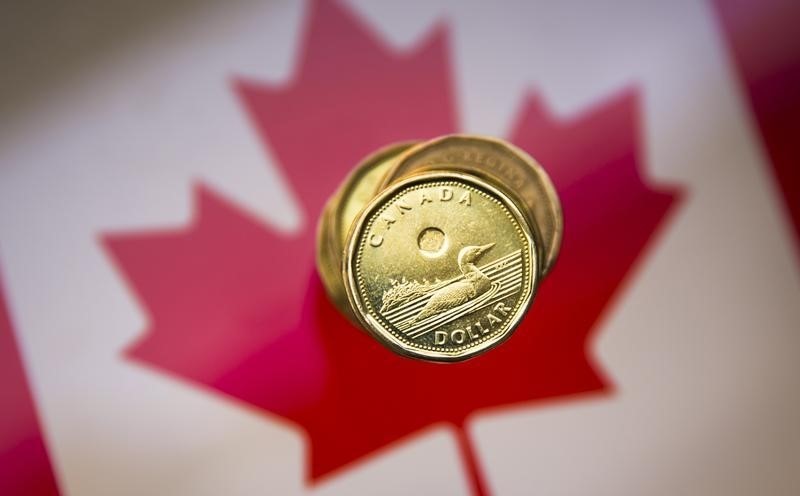By Ketki Saxena
Investing.com – The Canadian dollar rallied against its US counterpart today, as a recovery in risk sentiment reflected in equity markets supported the loonie, while the US dollar tumbled from a seven week high as investors consolidated gains, and as US treasury yields declined. The greenback was also pressured by weaker than expected US economic data.
The US Census Bureau reported that headline Durable Goods Orders fell by 4.5% in January, down sharply from December’s revised reading that showed 5.1% growth.
Despite the indication of weakness in the US economy, expectations from the US Federal Reserve remain high, and continue to serve as a tailwind to the US dollar in the medium term.
Money markets now expect the Fed to raise interest rates to around 5.4% by the September meeting, compared to the 4.9% peak that was expected in February.
Doug Porter, chief economist at BMO (TSX:BMO) notes, "The re-re-pricing on the Fed outlook has given the U.S. dollar yet another charge. After retreating steadily from the 20-year high hit last fall, the greenback has snapped back up since early February lows to reach its highest levels of 2023”.
"The Canadian dollar has certainly not escaped the broader downdraft."
However, Porter indicates that the Loonie’s weakness could in fact pressure the Bank of Canada to move more aggressively than is currently being priced in (another 25 bps), as a lower Canadian dollar makes imports from the U.S more expensive.
Porter writes, "The Bank may not have the luxury of staying on the sidelines if the Fed is still busily marching rates down the field, driving the loonie lower (and thereby sending imported costs flaring higher”.
On a technical level for the USD/CAD pair, analysts at Scotiabank (TSX:BNS) note “Trade patterns look consolidative after last week’s push to the mid-1.36s. Trend momentum signals remain bullishly aligned for the USD across a range of time frames, which should mean firm support on minor dips (to the mid/upper 1.35s) in the short run for spot and ongoing pressure towards the 1.36/1.37 range.”
